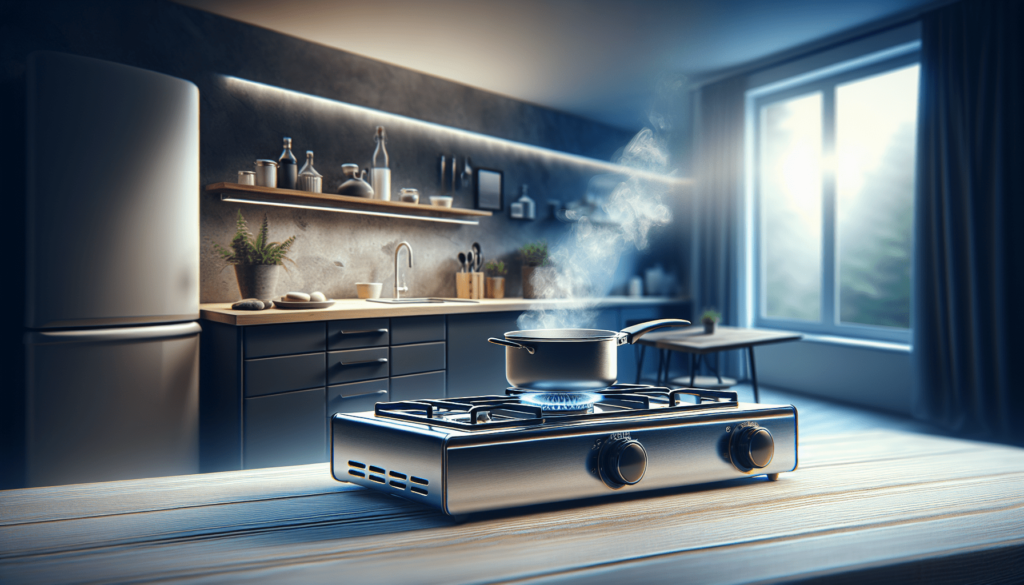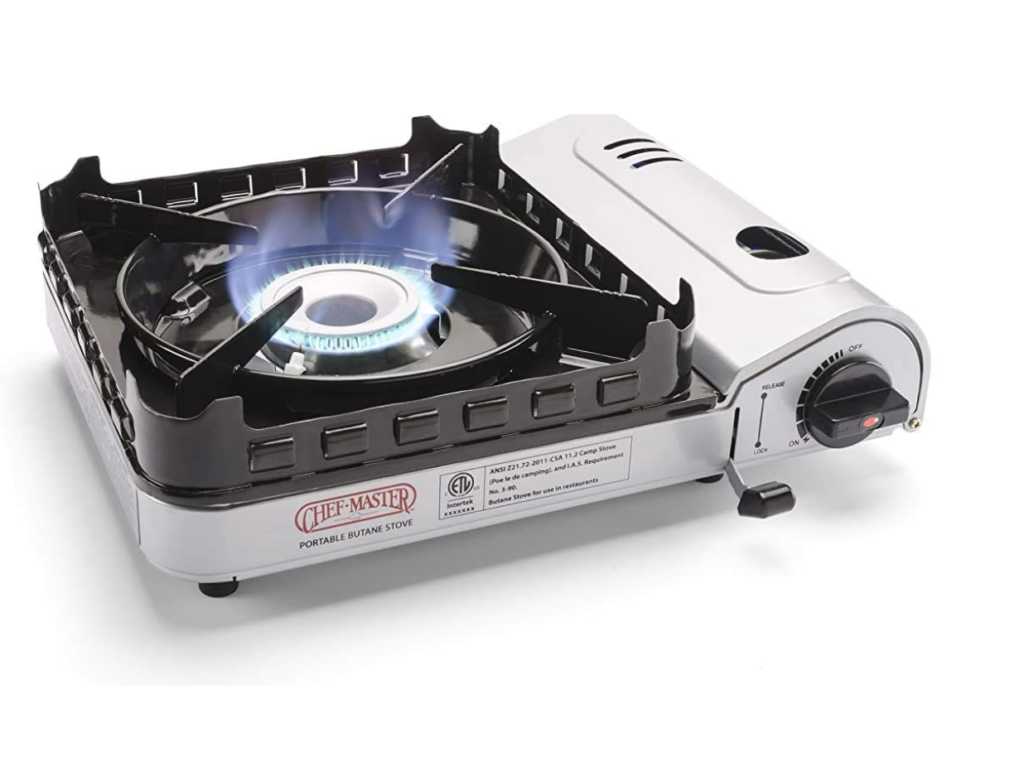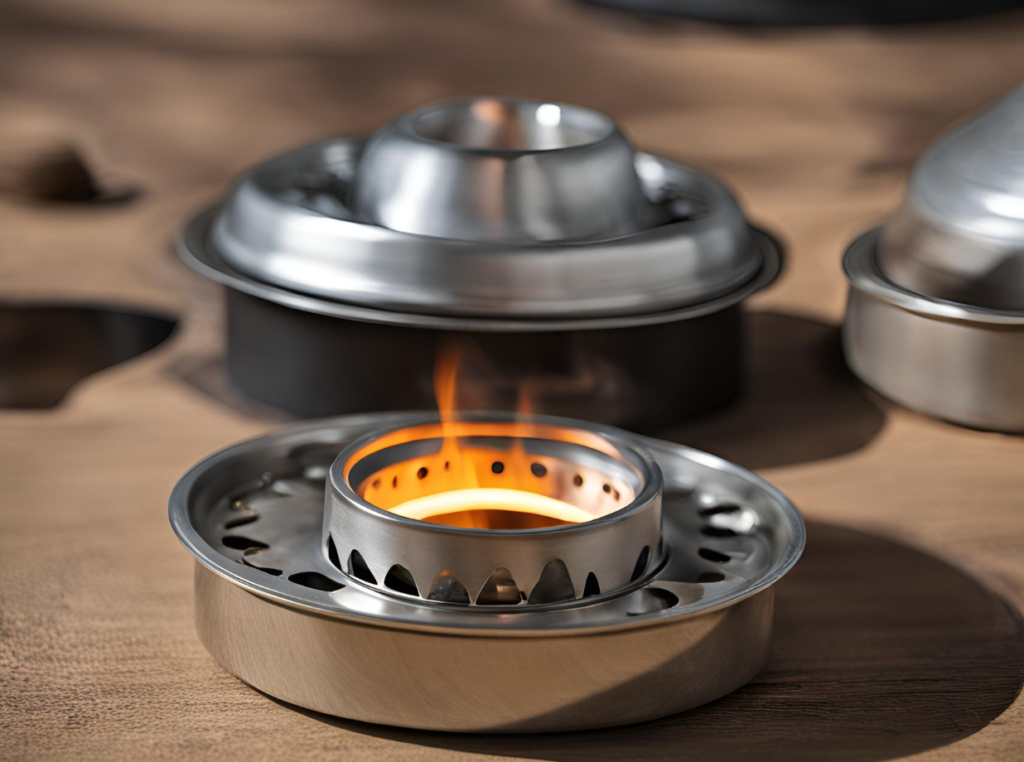Have you ever found yourself pondering whether it’s safe to use a butane stove indoors? It’s one of those questions that tends to pop up during times of need: power outages, camping trips gone awry, or even just out of curiosity. You may already have a butane stove sitting in the garage or tucked away in a storage box, and the convenience of using it can’t be overstated.

Understanding Butane Stoves
Before diving into the heart of the matter, it’s essential to know what you’re dealing with. Butane stoves are small, portable cooking appliances that operate using butane gas. They’re highly popular among campers, hikers, and folks who enjoy outdoor activities because they’re easy to carry and relatively simple to use.
How Butane Stoves Work
A butane stove burns butane gas to produce a flame for cooking. The butane is stored in a small canister that connects to the stove. Once ignited, the gas burns at a high temperature, transferring heat to your cookware. In terms of functionality, they’re somewhat similar to traditional gas stoves but on a smaller, more portable scale.
| Item | Description |
|---|---|
| Fuel | Butane gas stored in a canister |
| Ignition Method | Piezoelectric ignition or manual ignition |
| Use | Primarily outdoor activities, emergency situations |
| Pros | Portable, easy to use, efficient heat source, relatively inexpensive |
| Cons | Limited fuel supply, safety concerns, less stable in windy conditions |
Pretty straightforward, right? But the real question you’re grappling with is whether these handy devices can cross the threshold from your back porch to your kitchen counter during those moments of need.
The Safety Concerns
The core of the debate around using butane stoves indoors revolves around safety. Any time you’re dealing with a flammable gas, particularly in an enclosed space, safety needs to be your top priority.
Fire Hazard
Fire hazard is one of the most evident risks. Using a butane stove indoors can pose a serious fire risk, especially if it’s not handled correctly. The confined space can make it easier for things to catch fire. Always make sure there are no flammable objects nearby and that you are on a stable, heat-resistant surface.
Carbon Monoxide Poisoning
One of the most significant dangers associated with using any gas stove indoors is carbon monoxide (CO) poisoning. Butane produces CO as a byproduct of combustion. In small amounts, it might not be noticeable, but in an enclosed space, CO can build up quickly and become lethal without you even realizing it.
Ventilation Needs
Proper ventilation is a must when using a butane stove indoors. Even with a small device, inadequate ventilation can lead to an accumulation of toxic gases. Your best friend in this scenario would be a window or an exhaust fan that ensures continuous air flow. Some people also use carbon monoxide detectors just to be on the safe side.
| Risk | Description |
|---|---|
| Fire Hazard | Increased likelihood of accidental fires due to proximity to flammable objects and surfaces |
| Carbon Monoxide | Risk of poisoning due to the accumulation of this odorless, colorless gas |
| Ventilation Needs | Necessity for adequate air flow to mitigate the risk of gas build-up |
| Fuel Leaks | Risk of butane gas leaking from the canister, which can create an explosive environment |
| Ignition Safety | Difficulty in igniting or turning off the stove can lead to accidental gas release |
Weighing the Advantages
So you’re thinking, “Okay, what’s the upside? If there are so many risks, why would anyone even consider using a butane stove indoors?” Fair question. There are undoubtedly some compelling reasons.
Portability
One of the main attractions of butane stoves is their portability. Whether you’re in need of a quick, hot meal during a power outage or you’re looking to cook in unconventional spaces, the lightweight design makes them easily movable.
Efficiency
Butane stoves heat up quickly and maintain a consistent flame, making them a reliable option for cooking. If you’re in a situation where you can’t use your regular stovetop, a butane stove can be a lifesaver.
Cost-Effective
Compared to installing a backup generator or having an alternative high-end gas stove, butane stoves are relatively inexpensive. The butane canisters themselves are also reasonably priced, making it a budget-friendly contingency plan.
| Advantage | Description |
|---|---|
| Portability | Easy to transport, lightweight, convenient for emergency use |
| Efficiency | Rapid heating, consistent flame temperature |
| Cost-Effective | Affordable initial investment and low-cost fuel |
| Versatility | Can be used in various settings, from kitchens to outdoor activities |
| User-Friendly | Simple operation, most models feature easy ignition mechanisms |
Best Practices for Indoor Use
If you find yourself in a scenario where using a butane stove indoors seems necessary, there are several best practices to keep in mind to mitigate the risks involved.
Proper Placement
Always place the stove on a stable, non-flammable surface. Avoid wobbly tables or surfaces that are prone to tipping over. The best options are solid countertops or specially designed stove stands.
Ventilation
Ensure that the room is well-ventilated. Open windows and doors if possible and use exhaust fans to help expel any gases. If ventilation is an issue in the space you’re in, it’s probably best to reconsider using the stove.
Safety Equipment
Invest in a carbon monoxide detector and place it in the same room where you’ll be using the stove. Also, keep a fire extinguisher nearby, just in case things get out of hand.
Supervision
Never leave a butane stove unattended. Your full attention is required to manage the flame and respond to any unexpected incidents. This really isn’t the time to multitask.
Fuel Management
Only keep the amount of butane you need handy; store extra canisters in a cool, ventilated space away from the stove. Also, check for any fuel leaks before igniting the stove.

Regulatory Guidelines
Different regions have different regulations regarding the indoor use of portable stoves. You may want to check your local fire department or municipal codes for specific guidelines applicable to butane stoves. Ignoring these regulations can not only be dangerous but can also result in fines or other legal issues.
| Best Practice | Description |
|---|---|
| Proper Placement | Use stable, heat-resistant surfaces to prevent tipping and fire hazards |
| Ventilation | Ensure adequate air flow using windows, doors, and exhaust fans |
| Safety Equipment | Use carbon monoxide detectors and keep a fire extinguisher nearby |
| Supervision | Never leave the stove unattended |
| Fuel Management | Store butane canisters safely and check for leaks before use |
| Regulatory Compliance | Follow local regulations and guidelines for indoor use of portable stoves |
Cases When Indoor Use Might Be Justifiable
Although generally not recommended, there are some exceptional cases where using a butane stove indoors might be justifiable. Understanding these scenarios can help you make informed decisions.
Power Outages
In regions prone to frequent power outages, having a butane stove can be incredibly helpful. The key is to ensure maximum safety and only use it when absolutely necessary.
Emergency Situations
Natural disasters like hurricanes, floods, or earthquakes can leave you without access to your regular cooking appliances. In such emergencies, the practicality of a butane stove may outweigh the risks, provided all safety protocols are strictly followed.
Limited Access to Outdoor Space
If you live in an apartment or have limited access to outdoor areas where you can safely use a butane stove, using it indoors might be your only option under certain conditions.
Even in these scenarios, following best practices is non-negotiable. Remember, these are not everyday circumstances but rather exceptions where the benefits may merit the risks involved.
Alternatives to Butane Stoves
If the risks associated with using a butane stove indoors still leave you uneasy, there are several alternative solutions.
Electric Stoves
Electric stoves provide a safe and efficient alternative to butane stoves. They don’t produce harmful gases and can be used indoors with minimal risk. However, they do depend on electricity, which may be an issue during power outages.
Propane Stoves
While propane stoves are generally more suited for outdoor use, smaller units designed for indoor use with proper ventilation are available. Like butane stoves, they require careful handling and strict adherence to safety guidelines.
Induction Cookers
Induction cookers use electromagnetic fields to heat pots and pans directly, offering a highly efficient and safe method of cooking. They also depend on electricity but have the added benefit of precise temperature control.
Microwave Ovens
Microwaves are a staple in many households and can be a quick and convenient alternative when you need to cook or heat food without risking gas leaks or fires.
| Alternative | Description |
|---|---|
| Electric Stoves | Safe, efficient, dependent on electricity |
| Propane Stoves | Suitable for outdoor and some indoor use, follow strict safety guidelines |
| Induction Cookers | Efficient, safe, precise temperature control, electricity-dependent |
| Microwave Ovens | Convenient for heating and cooking, safe to use indoors |
Conclusion
So, can butane stoves be used indoors? Technically, yes, but it comes with a chock-full of caveats. Ensuring proper ventilation, adhering to safety protocols, and using your head can mitigate many of the risks involved. The advantages like portability and efficiency can make them a viable option during specific circumstances like power outages or emergencies.
However, if the risks still make you uncomfortable, exploring safer alternatives such as electric or induction cookers may be the way to go. The key takeaway is to make an informed choice tailored to your specific needs and conditions.
In the end, whether it’s a butane stove or another cooking solution, the ultimate goal is to keep you and your loved ones safe while ensuring you can put food on the table. Making everyday choices, particularly when they involve a mix of convenience and potential risks, is always a balancing act, but now you have the knowledge to tip the scales in your favor.



